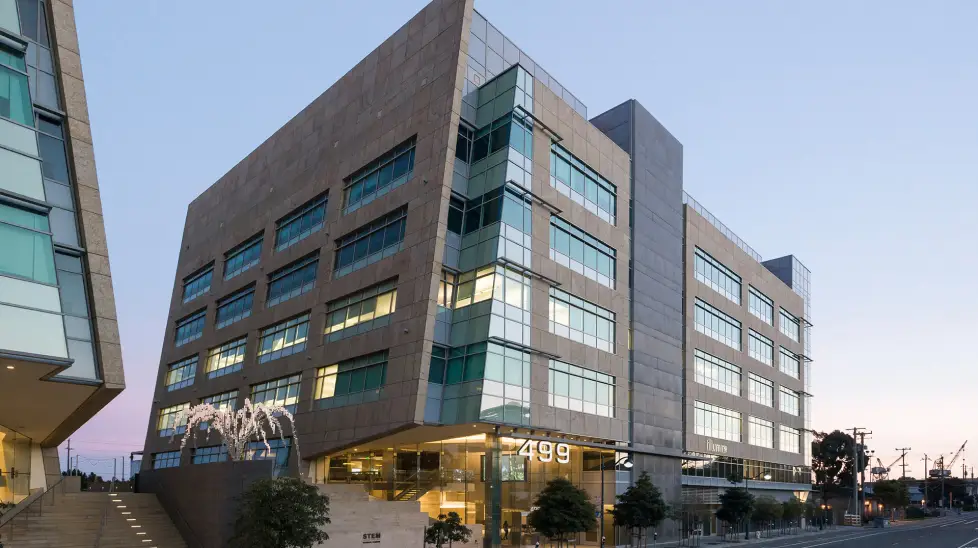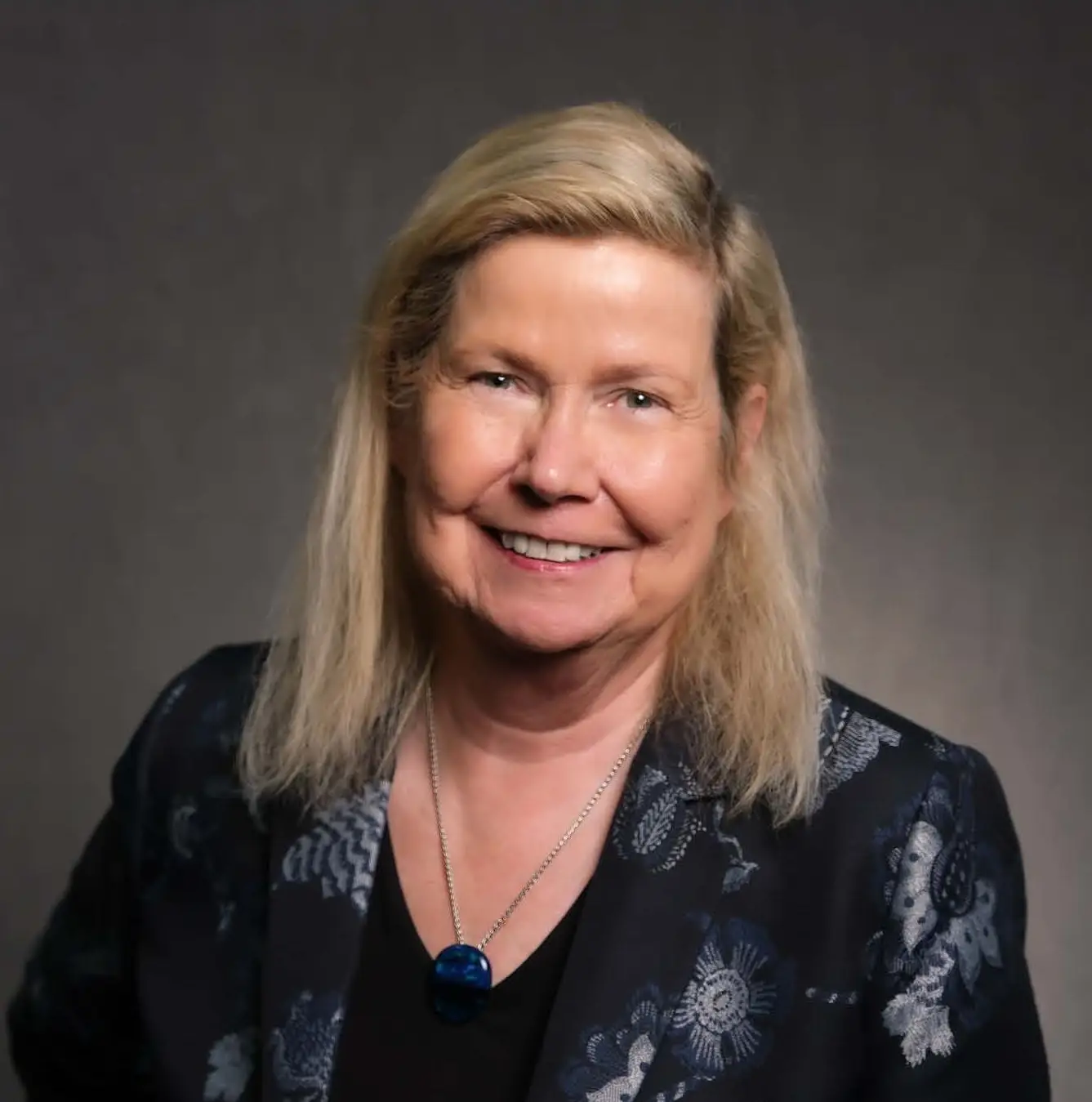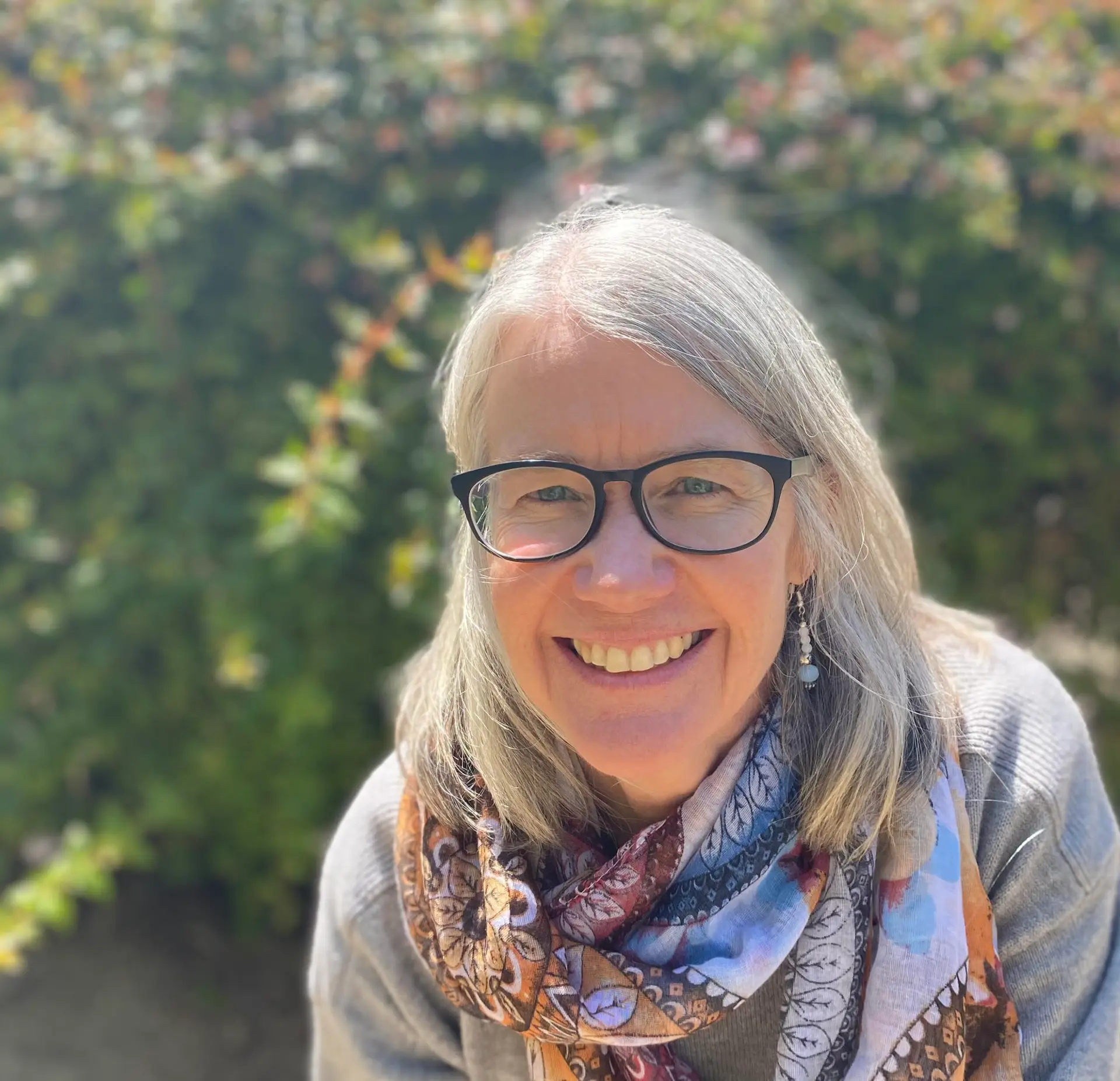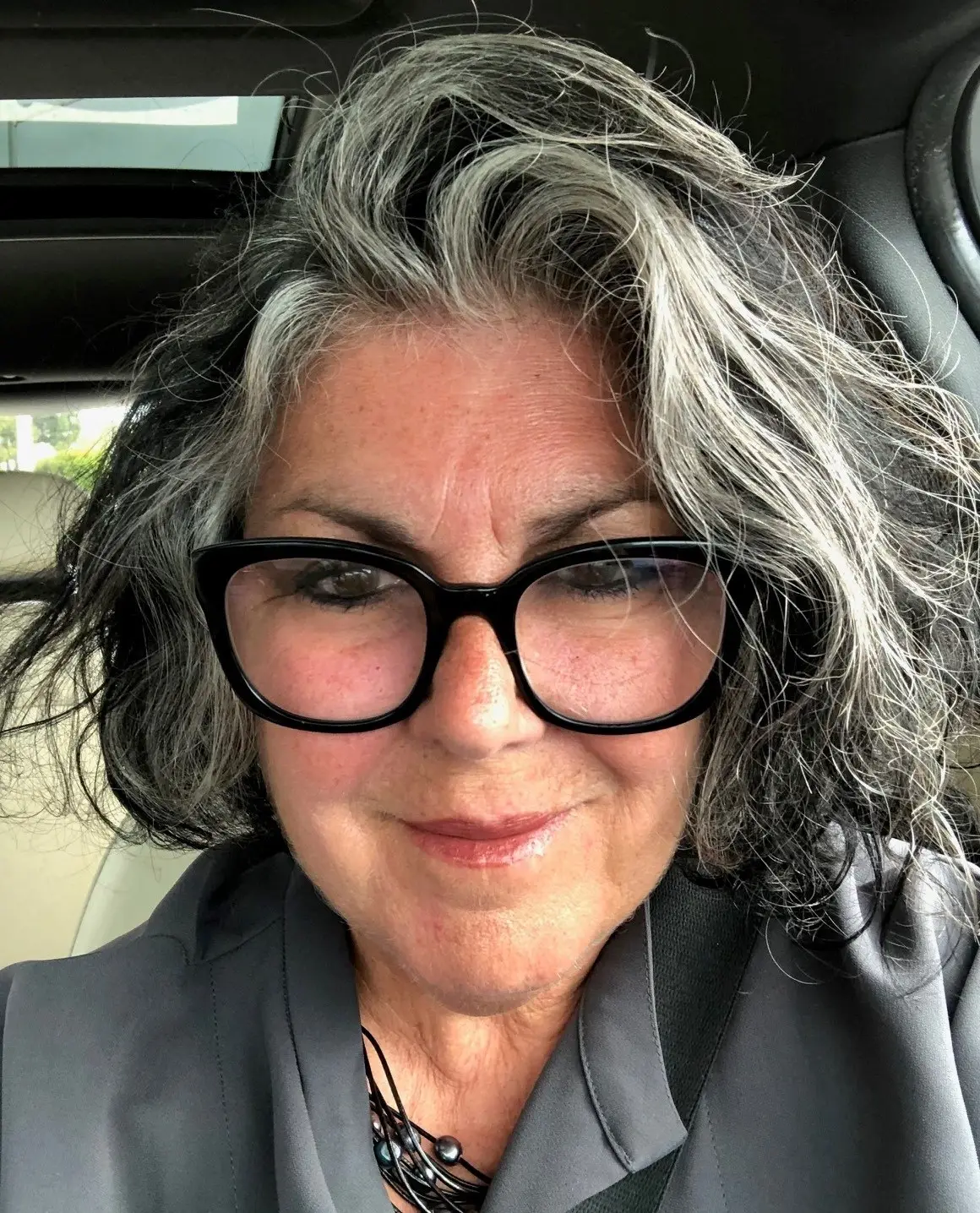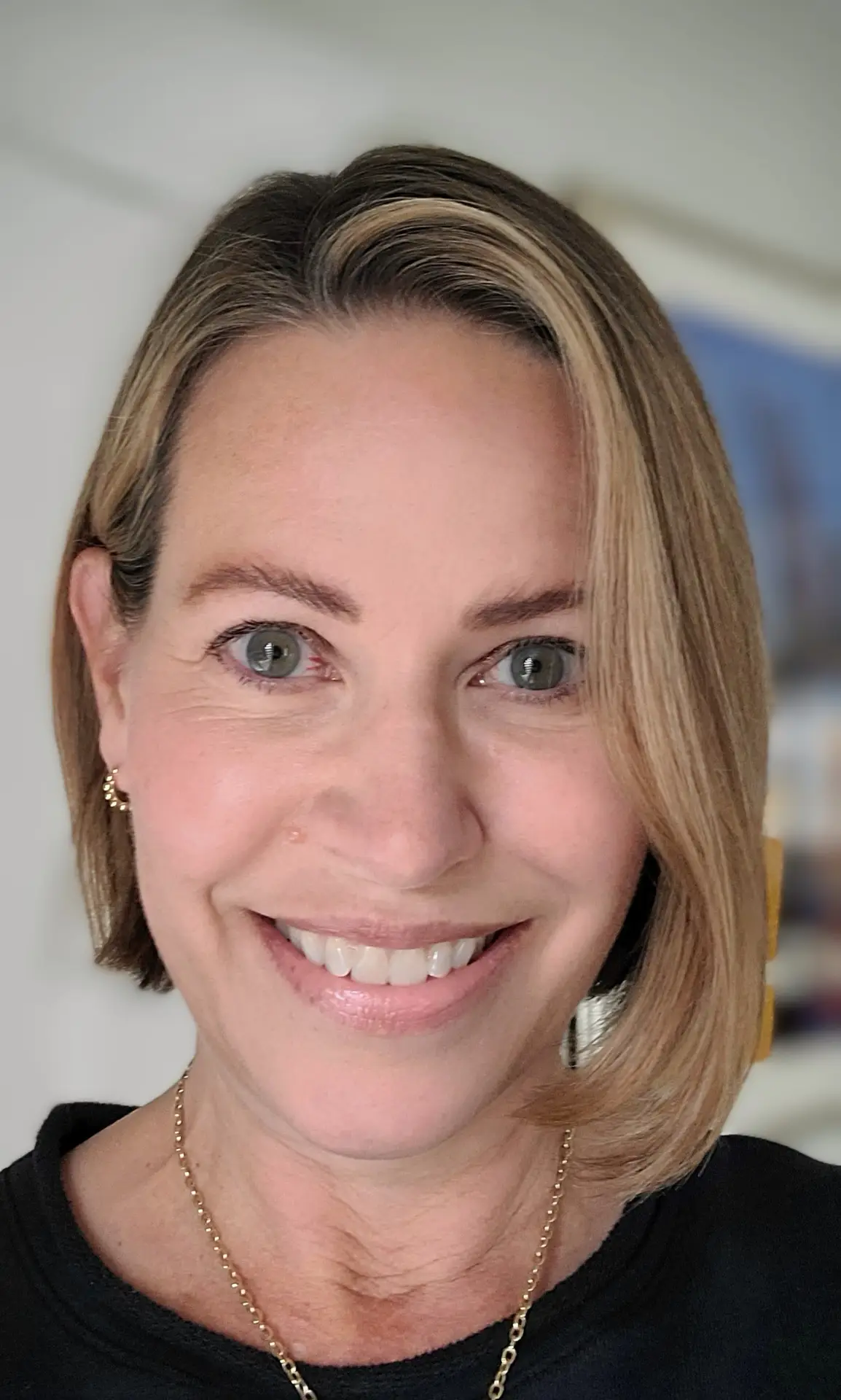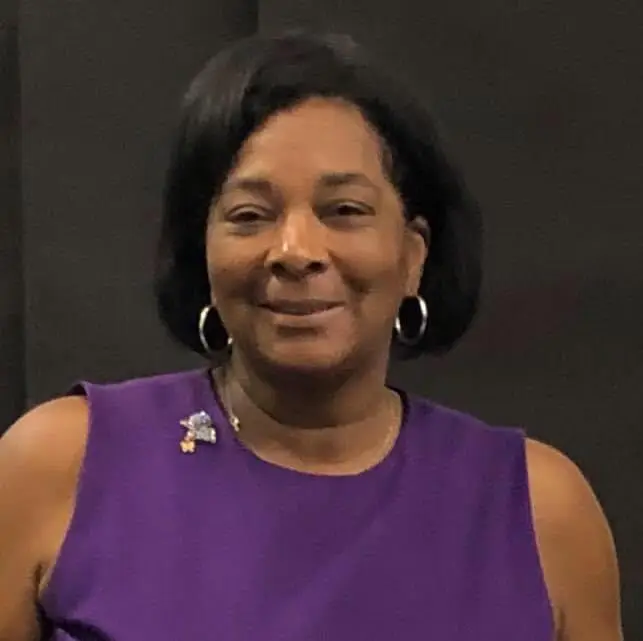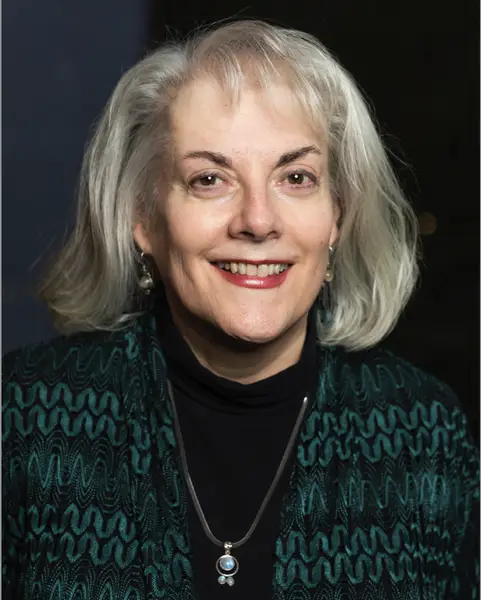PRODUCT DEVELOPMENT | REPRINT FROM OCT. 04, 2024
BY LAUREN MARTZ, EXECUTIVE DIRECTOR, BIOPHARMA INTELLIGENCE
The I-SPY clinical trials are creating a roadmap for a new clinical research vision that cuts inefficiencies, puts patients first, and defines a viable pathway for precision-based drug development. The question now is whether others will replicate the approach outside of breast cancer.
The latest version in the series of trials, I-SPY 2.2, builds on the earlier adaptive platform design for neoadjuvant breast cancer therapies by adding precision medicine to the protocol. It also takes the underlying patient-centricity theme several steps forward through frequent monitoring, early trial exit points, and a treatment block design that minimizes toxicity and exposure to ineffective therapies.
Last month brought the first data from I-SPY 2.2, providing proof of concept for the study’s personalized, toxicity-sparing design.
The team reported that datopotamab deruxtecan (Dat-Dxd), a TROP2-directed antibody-drug conjugate (ADC) from Daiichi Sankyo Co. Ltd. (Tokyo:4568) and AstraZeneca plc (LSE:AZN; NYSE:AZN), when used in a subset of “immune- sensitive” Stage 2 and 3 breast cancer patients, led to similar efficacy as standard chemotherapy while bypassing the most toxic components of the chemo regimen.
The effect would probably have been missed in a conventional randomized-controlled trial, which would have also taken much longer.
Janet Woodcock, former center director and acting commissioner at FDA, cited three main problems that I-SPY
2.2 is designed to address while speaking at a press conference last month. First, it reduces the time and cost associated with randomized clinical trials through a master protocol design that tests multiple drugs in one trial.
“We don’t have the capacity to answer all of the questions basic science is generating now about cancer. It’s amazing. It’s exploding,” Woodcock said. “This problem can be addressed by master protocols and platform trials.”
Second, using biomarkers to stratify patients addresses the problems created by focusing on average results across heterogeneous trial populations, she said. “There’s heterogeneity of treatment effect that is obliterated by the current methods we have.”
The third advantage of the trial design is that it better aligns the study protocol with clinical care.
“The current trial system is intervention-centric. It’s all about the drug, the device, whatever,” Woodcock said. “What we really want for any disease that lacks a cure is for people to do better and better over time. We should design trials with the overt intent of seeing these volunteers do better, have better outcomes.”
It’s thanks, in part, to the I-SPY trials that a high volume of potential neoadjuvant therapies have flowed through the clinical trial system, that patients have been encouraged to participate in clinical research, and that new treatments have fundamentally changed outcomes for even high-risk breast cancer patients.
Ten therapies have graduated from I-SPY 2, meaning they showed signals that warrant evaluation in a registrational trial. Among them, two gained accelerated approval and one has breakthrough designation from the FDA. The study helped establish the effects of perioperative Keytruda regimens in HER2-negative breast cancers.
However, I-SPY challenges clinical research conventions in a system resistant to change, and barriers persist to broader implementation, as well as executing on the rest of the vision for breast cancer.
Change causes discomfort, said Woodcock, and introduces risk as the kinks in a new system get ironed out. “People don’t like errors of commission but prefer errors of omission. Not rapidly jumping on evolving scientific evidence and evaluating it immediately in the clinic means human suffering is prolonged, so there’s a tradeoff there that needs to be thought about.”
Anne Barker, who serves on I-SPY’s project oversight group and is CSO of the Ellison Institute, added: “It’s interesting that we’re still doing primitive randomized-controlled trials in oncology. One drug against one disease one time is failing roughly 70% of the time. It’s failing the patients.”
The next steps in I-SPY architect Laura Esserman’s mission to change the clinical trial paradigm include evolving I-SPY
2.2 into a seamless Phase II/III study to funnel therapies that have generated a signal in the platform trial into the regulatory pathway. She’s also on a mission to find biomarkers and predictive signatures for patients still lacking them, and to gain stakeholder support to extend the innovative trial concept to other cancers. Esserman is a professor at the University of California San Francisco and directs the UCSF Breast Cancer Center.”
I-SPY’s continued evolution
The I-SPY team surmounted a series of challenges over the program’s evolution that could help guide application of its design beyond breast cancer. These include what it took to get companies on board, how it effectively uses biomarkers and the value of a surrogate endpoint.
The first I-SPY trial, launched in 2002, laid the groundwork for the series by establishing pathologic complete response (pCR) as an early, surrogate endpoint for recurrence-free survival in neoadjuvant breast cancer studies.
The I-SPY studies measure change in tumor volume over serial MRI scans to predict the likelihood that a patient has achieved a pCR before surgery. pCR is defined as the absence of invasive cancer in breast and lymph node tissues after neoadjuvant therapy.
“If the tumor’s gone by the time you get to the operating room, the whole idea [of pCR] is someone has a 5% chance of recurrence rather than a 30, 50, 60% chance,” said Woodcock.
pCR became the primary endpoint of the second I-SPY study, I-SPY 2, which brought an adaptive platform trial design to breast cancer. It used a single protocol, with a single set of contracts, trial sites and endpoints, to test multiple therapeutics in a standardized way.
“When we started, there had never been a trial where drugs from different companies put them into the same trial. People are wed to doing it the same old way. I don’t know why. I’m not wed to that,” Esserman said at the press conference.
The key to gaining biopharma buy in, she said, has been avoiding head-to-head trial designs that can discourage participation. The study tests only one therapy from a drug class to preserve competitiveness for next-in-class assets.
Getting the initial participants was the biggest lift.
“When we first started, everyone said, ‘you’ll never get someone to put a drug in,” Esserman said. “Then one of the CMOs said, ‘if Merck develops theirs and it works, I’ll put mine in.’” Since I-SPY 2 launched in 2010, it has enrolled over 30 different experimental arms.
I-SPY 2 also helped solidify the concept that the most innovative cancer drugs should be tested earlier in disease, when they can have the greatest impact on long-term outcomes and even lead to cures. The study tested neoadjuvant therapies in patients with stage 2 or 3 breast cancers.
“You’re better off testing something up front when someone has an intact immune system. We’ve proven that with IO drugs. They work better up front. That was one of the great things we’ve done in this trial,” Esserman added.
FDA’s Oncology Center of Excellence (OCE) has also prioritized early treatment through Project FrontRunner, and AstraZeneca has focused on early intervention for surgery- and chemotherapy- sparing protocols as a core component of its cancer strategy.
The I-SPY team has advanced the concept again in I-SPY 2.2. The newest design — an amendment to I-SPY 2 rather than a new trial — uses the same endpoint; it’s innovation is in its patient-centric design.
Patients each receive up to three “blocks” of treatment: one experimental treatment block, one taxane-based chemotherapy block, and one doxorubicin-cyclophosphamide (AC) block. The latter two blocks are neoadjuvant standard of care, with AC the more poorly tolerated component. The experimental treatment is selected based on the patient’s response-predictive subtype, a tumor profile determined by the patient’s biomarker signature.
Under the protocol, patients who achieve a predicted pCR via MRI are sent on to surgery and are spared the subsequent blocks of therapy. In effect, patients only receive the most toxic drugs if the other options aren’t working.
The design is called the Sequential Multiple Assignment Randomized Trial (SMART).
“The key is not operating on people and taking away their biomarkers, but giving systemic therapy first. If you have high-risk disease, you don’t die because the tumor is in your breast. You die because it gets outside,” Esserman said at the press conference.
Matching patients to the therapies most likely to be effective, based on the characteristics of their tumor, benefits patients by reducing exposure to unnecessary treatments and associated toxicities. Yet, precision oncology has been a hard sell for some biopharmas because it restricts eligible patient populations. Without perfect biomarkers, there’s also a concern that some patients who would benefit won’t have access with a precision label.
However, if executed properly, it can help drugs reach the market that otherwise might not, by enriching trial populations for patients most likely to do well.
“We had these big trials with thousands of people and tiny little differences. That little bit means some people are benefitting a lot, and a lot are not benefitting at all, and a lot of these things were toxic,” said Esserman.
I-SPY 2.2 test case
At this year’s ESMO Congress in Barcelona, the I-SPY 2.2 study gained its first clinical validation with data from Dato- DXd and Infimzi in the study’s first arm.
In the arm, 106 patients across different tumor profiles received the TROP2-targeting ADC in Block A. The combination met the criteria to graduate to a Phase III trial in the subset of patients who are HER2-negative and immune-positive. In that group of 47 patients, 37 (79%) achieved a pCR over the course of the three-block study. The rate was comparable to the benchmark standard of care in the population (77%), but most who achieved the study endpoint did so after the first or second block of treatment and therefore avoided the chemotherapy with the most adverse events.
Of the patients who achieved a pCR, 20 did so after Dato-DXd and Imfinzi alone; 14 additional patients achieved a pCR after the second block, meaning that 92% of patients who met the criteria for a pCR did so before Block C.
Dato-Dxd monotherapy did not meet the criteria for graduation in any subgroup.
Esserman told BioCentury that integrating efficacy and toxicity into one metric is an important part of the strategy. “We have integrated patient-reported outcomes to capture the symptom burden. All sites have implemented it, but we are working on getting all of the sites to consistently capture 90% of the PROs. Many sites are at 90-100%, but not all yet.”
“This is important because [for] drugs that are equally effective but with different side effect profiles, the least toxic should be considered superior. We are working on ways to integrate this into a regulatory design,” she added.
An open question is whether all the stakeholders necessary to turn the trial outcomes into clinical practice will buy in.
The three-block strategy worked as intended by achieving the same outcome as standard of care with less toxicity. But standard-of-care chemotherapy is made up of inexpensive generic drugs. Whether payers will reimburse an expensive branded drug to spare patients from unnecessary toxicity remains to be seen.
Seamless steps
For I-SPY 2.3, Esserman has her sights on a seamless Phase II/ III study. And it’s going to take regulatory collaboration.
Esserman told the press that the turnaround time for the Dato-DXd arm of I-SPY 2.2, from first patient in to all patients out, was about two years.
“The standard turnaround time is 10-15 years to get a new drug to market. We don’t have it approved yet, but I’ve got another idea for that. I-Spy 2.3,” she said.
Her vision for the seamless Phase II/III study is, “If you see a signal, you just keep going. Janet [Woodcock] said ‘we have to do this’ in 2013. We’re very close.”
The problem is that registrational studies have traditionally required consistency of treatment protocols within the trial to support an approval. That’s not the case in I-SPY 2.2.
“We have a barrier to go through because the trial is complicated, because we’re letting people out early if they get the pCR. If you have a pCR, there are big studies showing doing more doesn’t help you. But because you’re not doing everything the same to everyone, that’s a big paradigm shift,” Esserman said.
Some leaders at FDA still believe everyone needs to be treated the same, she added.
“I-SPY 2.2 is complex in that we allow those with a high likelihood of pCR to go to the operating room early, and for those with poor results to move to the next treatment sooner. This is care and trials reimagined, but it is new and at first feels complex,” Esserman told BioCentury.
But these types of changes are unavoidable if the goal is to usher in an era of precision medicine, she said. “What we are doing is establishing new processes that should eventually become a new standard of care.”
Future ambitions
The precision strategy behind I-SPY 2.2 should lead to better outcomes for patients, but about one-third of breast cancer patients aren’t yet benefitting. Finding profiles predictive of response for those patients is a priority.
The team has identified at least six “response-predictive subtypes” for the high-risk, fast-growing tumors seen in the study, including the immune-sensitivity subtype at the center of the initial study results.
Although about two-thirds of the high-risk breast cancer patients can be assigned a response-predictive subtype, “for one-third we need to get better,” said Laura van ’t Veer, co- leader of UCSF’s Breast Oncology Program and inventor of the MammaPrint prognostic test.
“For that one-third of those fast-growing breast cancers, we just do not know yet what is the biology, what should they be treated with. We don’t have the right drugs. We don’t have the right biomarkers,” said van ‘t Veer. “Our focus, beyond implementing for those two-thirds where we know what to do, is really to get that one-third off the ground, and make it better for those patients too.”
The I-SPY team is also interested in improving the precision of its pCR endpoint through new technologies, such as adding liquid biopsies for measurable residual disease (MRD) to the analysis. “It’s not just whether it’s gone, but how fast it’s going away,” Esserman said.
She would like to see the approach expand beyond breast cancer, but that isn’t trivial, in part because the endpoint at the trial design’s core has been validated specifically for breast cancer.
However, Esserman told BioCentury that there are other cancers where pCR, or MRD in the case of hematological cancers, is an approved endpoint. Rectal cancer is one example. She cited data from this year’s American Society of Clinical Oncology (ASCO) conference that showed six months of dostarlimab therapy in 42 patients with locally advanced mismatch repair deficient (dMMR) rectal cancers achieved a 100% clinical complete responses rate. All patients avoided surgery, chemotherapy and chemoradiation.
The I-SPY team did extend the concept to acute respiratory distress syndrome, a serious manifestation of COVID-19.
“It takes a lot of work and leadership to organize the consortium and to maintain it,” Esserman told BioCentury. “We are working on extending the model to other cancers and finding other clinical leaders who want to play that role.”
© 2024 BIOCENTURY INC. ALL RIGHTS RESERVED. | WWW.BIOCENTURY.COM
BIOCENTURY INC.
BioCentury’s mission is to provide value-added business intelligence & analysis for life science companies, investors, academia and government on the strategic issues essential to the formation, development and sustainability of life science ventures.
NEWSROOM
SAN CARLOS, CA
+1 650-595-5333; Fax: +1 650-595-5589
CHICAGO
+1 312-755-0798; Fax: +1 650-595-5589
WASHINGTON, DC
+1 202-462-9582; Fax: +1 202-667-2922
UNITED KINGDOM
+44 (0)1865-512184; Fax: +1 650-595-5589





